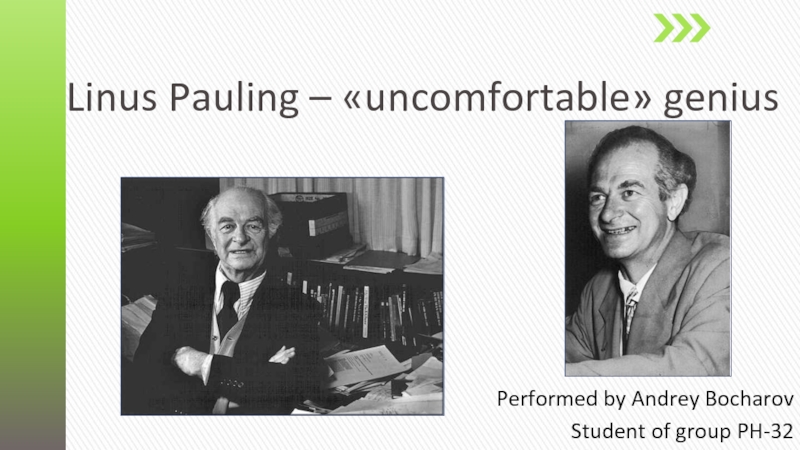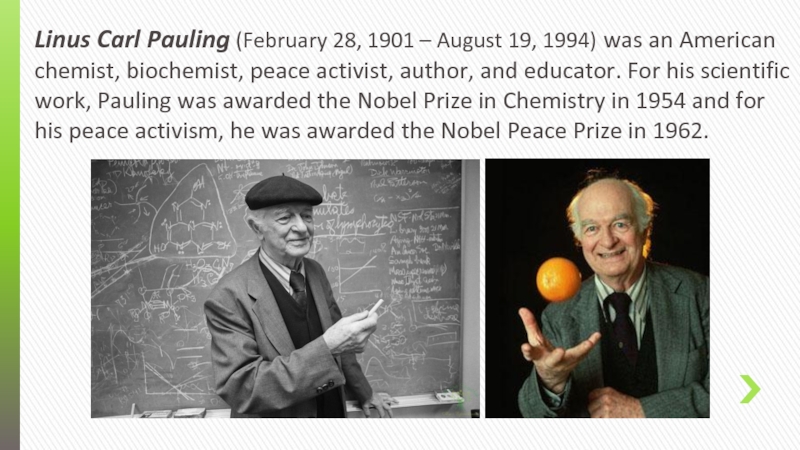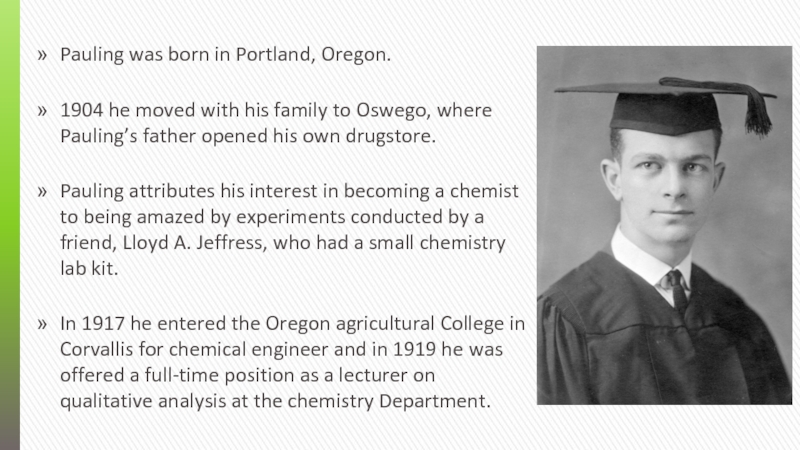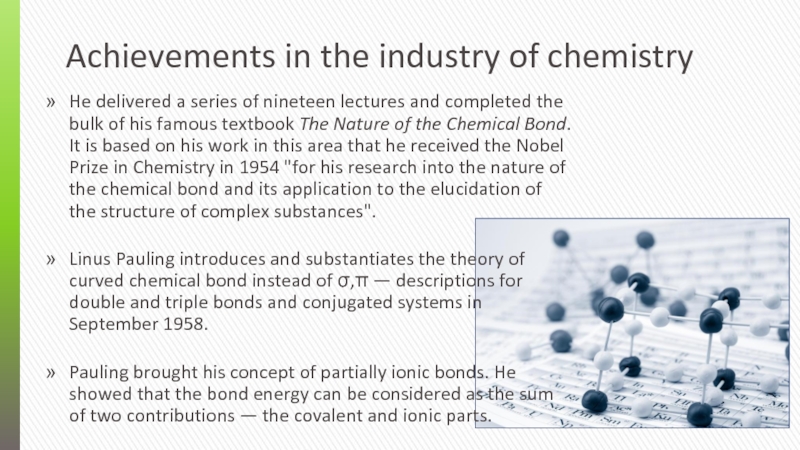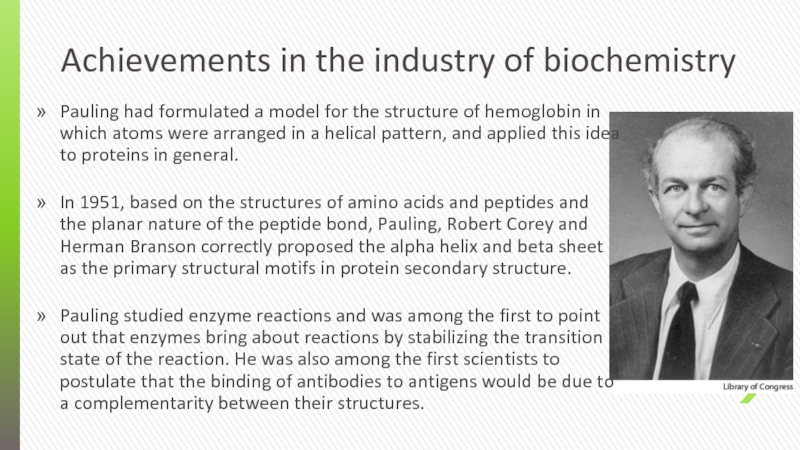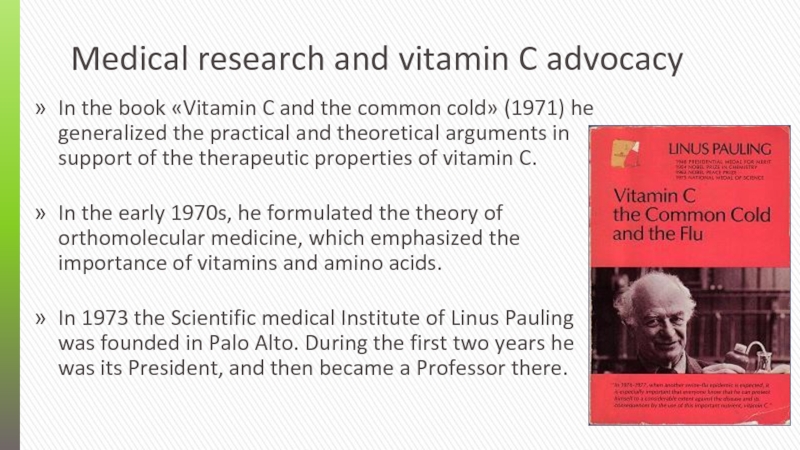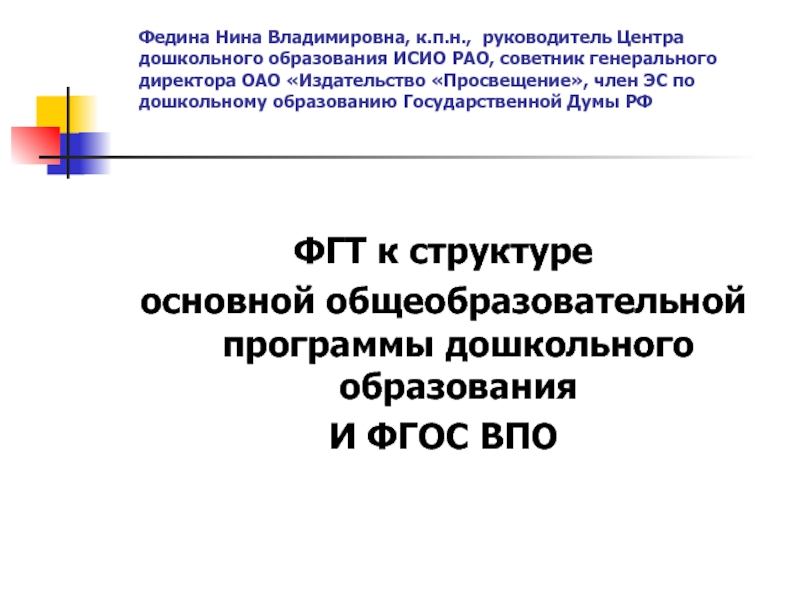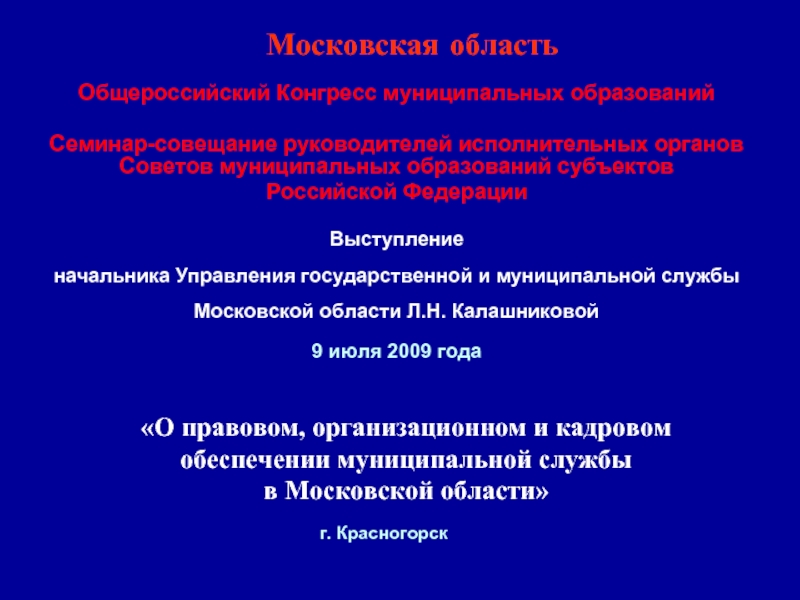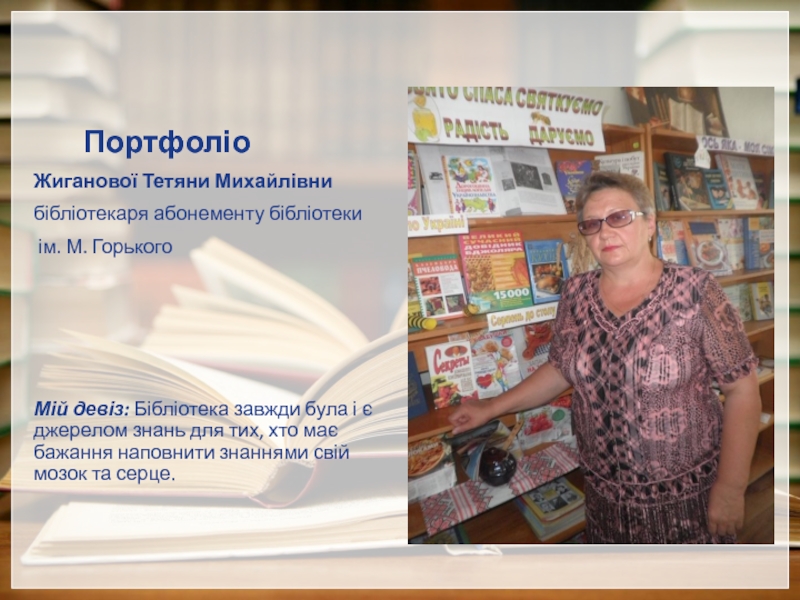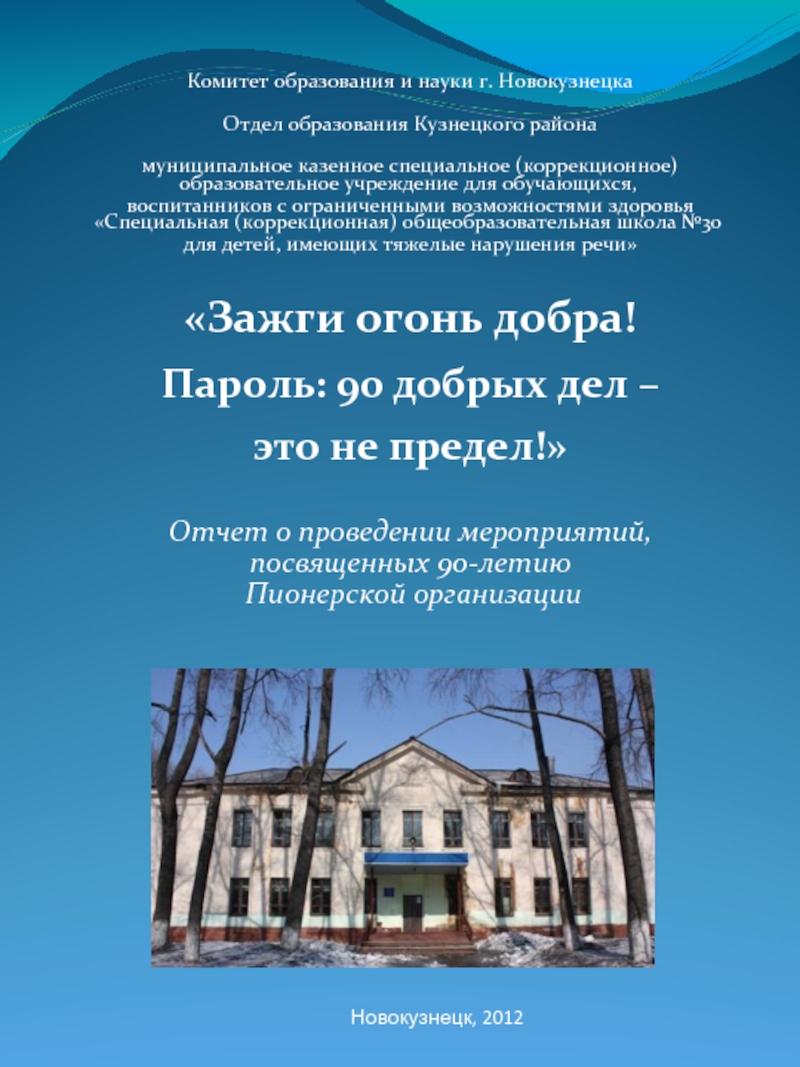- Главная
- Разное
- Дизайн
- Бизнес и предпринимательство
- Аналитика
- Образование
- Развлечения
- Красота и здоровье
- Финансы
- Государство
- Путешествия
- Спорт
- Недвижимость
- Армия
- Графика
- Культурология
- Еда и кулинария
- Лингвистика
- Английский язык
- Астрономия
- Алгебра
- Биология
- География
- Детские презентации
- Информатика
- История
- Литература
- Маркетинг
- Математика
- Медицина
- Менеджмент
- Музыка
- МХК
- Немецкий язык
- ОБЖ
- Обществознание
- Окружающий мир
- Педагогика
- Русский язык
- Технология
- Физика
- Философия
- Химия
- Шаблоны, картинки для презентаций
- Экология
- Экономика
- Юриспруденция
Linus Carl Pauling презентация
Содержание
Слайд 2Linus Carl Pauling (February 28, 1901 – August 19, 1994) was an American
chemist, biochemist, peace activist, author, and educator. For his scientific work, Pauling was awarded the Nobel Prize in Chemistry in 1954 and for his peace activism, he was awarded the Nobel Peace Prize in 1962.
Слайд 3Pauling was born in Portland, Oregon.
1904 he moved with his family to
Oswego, where Pauling’s father opened his own drugstore.
Pauling attributes his interest in becoming a chemist to being amazed by experiments conducted by a friend, Lloyd A. Jeffress, who had a small chemistry lab kit.
In 1917 he entered the Oregon agricultural College in Corvallis for chemical engineer and in 1919 he was offered a full-time position as a lecturer on qualitative analysis at the chemistry Department.
Pauling attributes his interest in becoming a chemist to being amazed by experiments conducted by a friend, Lloyd A. Jeffress, who had a small chemistry lab kit.
In 1917 he entered the Oregon agricultural College in Corvallis for chemical engineer and in 1919 he was offered a full-time position as a lecturer on qualitative analysis at the chemistry Department.
Слайд 4Achievements in the industry of chemistry
He delivered a series of nineteen
lectures and completed the bulk of his famous textbook The Nature of the Chemical Bond. It is based on his work in this area that he received the Nobel Prize in Chemistry in 1954 "for his research into the nature of the chemical bond and its application to the elucidation of the structure of complex substances".
Linus Pauling introduces and substantiates the theory of curved chemical bond instead of σ,π — descriptions for double and triple bonds and conjugated systems in September 1958.
Pauling brought his concept of partially ionic bonds. He showed that the bond energy can be considered as the sum of two contributions — the covalent and ionic parts.
Linus Pauling introduces and substantiates the theory of curved chemical bond instead of σ,π — descriptions for double and triple bonds and conjugated systems in September 1958.
Pauling brought his concept of partially ionic bonds. He showed that the bond energy can be considered as the sum of two contributions — the covalent and ionic parts.
Слайд 5Achievements in the industry of biochemistry
Pauling had formulated a model for
the structure of hemoglobin in which atoms were arranged in a helical pattern, and applied this idea to proteins in general.
In 1951, based on the structures of amino acids and peptides and the planar nature of the peptide bond, Pauling, Robert Corey and Herman Branson correctly proposed the alpha helix and beta sheet as the primary structural motifs in protein secondary structure.
Pauling studied enzyme reactions and was among the first to point out that enzymes bring about reactions by stabilizing the transition state of the reaction. He was also among the first scientists to postulate that the binding of antibodies to antigens would be due to a complementarity between their structures.
In 1951, based on the structures of amino acids and peptides and the planar nature of the peptide bond, Pauling, Robert Corey and Herman Branson correctly proposed the alpha helix and beta sheet as the primary structural motifs in protein secondary structure.
Pauling studied enzyme reactions and was among the first to point out that enzymes bring about reactions by stabilizing the transition state of the reaction. He was also among the first scientists to postulate that the binding of antibodies to antigens would be due to a complementarity between their structures.
Слайд 6Medical research and vitamin C advocacy
In the book «Vitamin C and
the common cold» (1971) he generalized the practical and theoretical arguments in support of the therapeutic properties of vitamin C.
In the early 1970s, he formulated the theory of orthomolecular medicine, which emphasized the importance of vitamins and amino acids.
In 1973 the Scientific medical Institute of Linus Pauling was founded in Palo Alto. During the first two years he was its President, and then became a Professor there.
In the early 1970s, he formulated the theory of orthomolecular medicine, which emphasized the importance of vitamins and amino acids.
In 1973 the Scientific medical Institute of Linus Pauling was founded in Palo Alto. During the first two years he was its President, and then became a Professor there.
